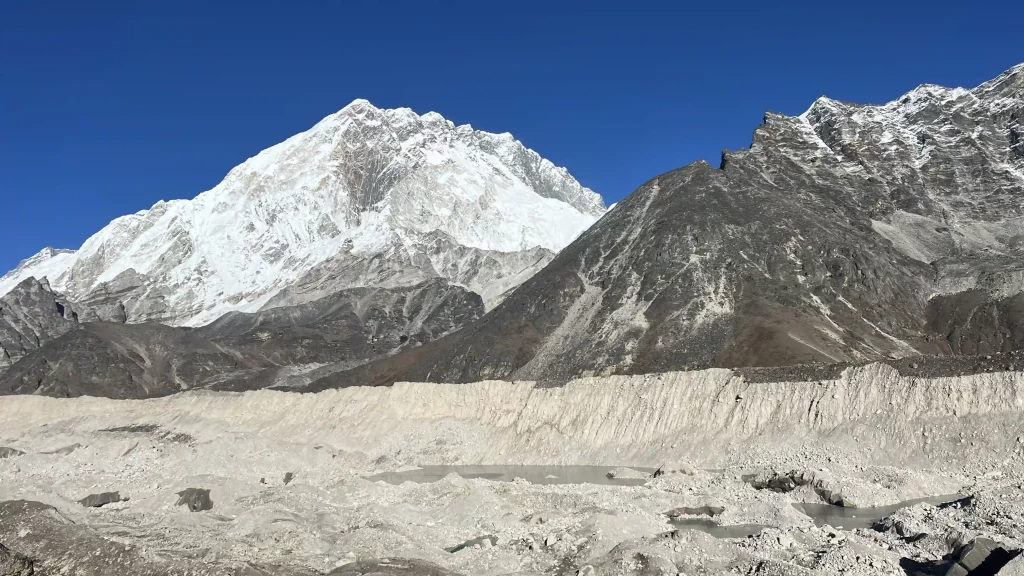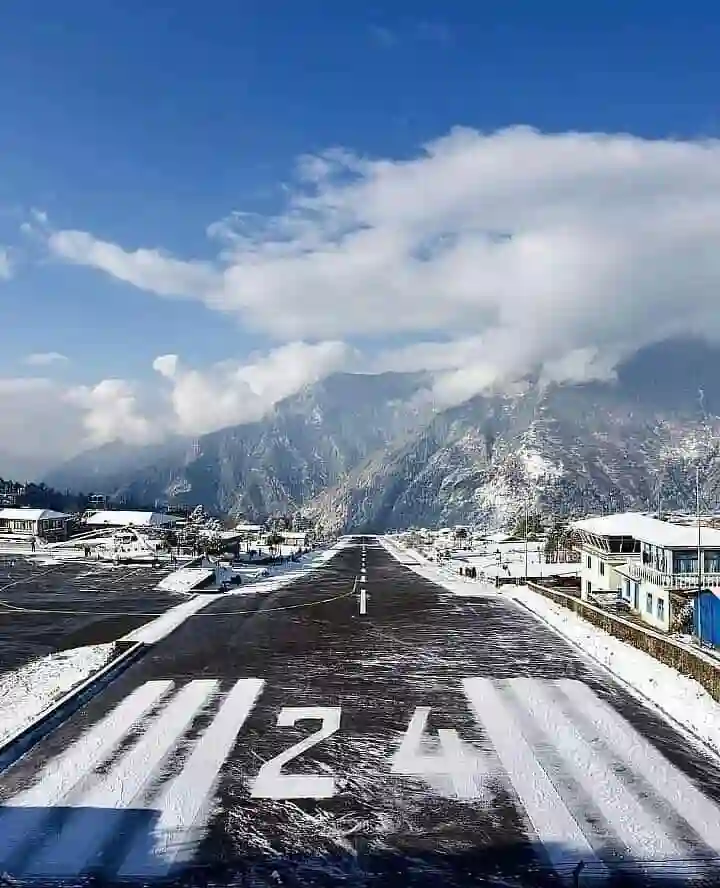Health and Safety
Venturing through mountainous landscapes delivers unparalleled vistas and transformative moments. Still, it demands respect for the inherent hazards, from shifting weather to altitude challenges. Thorough preparation and vigilant risk awareness are your most valuable companions on the trail. The team leader plays a vital role by taking essential health and safety measures for the mountain.
1. Certified Trekking Guides and Leader
We at Eagle Trail Escapes hire certified and experienced guides who significantly enhance your safety and overall experience on the Everest Base Camp (EBC) trek and other treks.
The guides and leaders are certified in Advanced Wilderness First Aid and CPR training, which equips them to handle medical situations confidently in remote areas.
Our experienced leaders and guides serve as guardians throughout your journey, constantly assessing your physical well-being and mental state while leveraging their intimate knowledge of the landscape, meteorological patterns, and concealed dangers that might go unnoticed.
2. Acclimatization
Due to the challenges of high-altitude trekking, altitude sickness can be life-threatening if not managed properly. Acclimatization is essential for the body to adjust to that environment.
Following the “climb high, sleep low” principle, staying well-hydrated, avoiding alcohol, and eating nutritious meals are key for acclimatization.
If any symptoms of altitude sickness appear, such as headache, dizziness, shortness of breath, and confusion, immediate action, such as rest, descent, or seeking medical attention, should be taken.
3. First Aid Kit
During high-altitude trekking, medical services may not be immediately available, so carrying a well-equipped first aid kit within the group is necessary to handle minor injuries and emergencies effectively.
At Eagle Trail Escapes, we employ certified guides trained to manage minor injuries, prevent infections, and respond promptly to symptoms of altitude sickness or other medical emergencies in remote mountain regions.
The first aid kit includes essential items such as antiseptic wipes, bandages, gauze, medical tape, pain relievers, blister treatment, oral rehydration salts, altitude sickness medication (such as Diamox), and anti-diarrheal and anti-nausea tablets, ensuring preparedness for common trekking-related health issues.
4. CPR Kit
A CPR kit is essential to any trekking first aid setup. It is designed to provide life-saving assistance during a cardiac emergency.
The kit typically includes a CPR mask or barrier shield, disposable gloves, a rescue breathing device, and a laminated CPR instruction guide to ensure effective and safe resuscitation.
5. Oximeter
An oximeter is a crucial tool for high-altitude trekking. It measures blood oxygen saturation levels and heart rate, helping to monitor the early signs of altitude sickness, such as hypoxia, and ensuring quick intervention if oxygen levels drop below safe thresholds.
6. Oxygen Cylinder
An oxygen cylinder is an essential emergency tool during high-altitude trekking, providing supplemental oxygen to help alleviate symptoms of severe altitude sickness, such as High Altitude Pulmonary Edema (HAPE), and allowing trekkers to stabilize before descending to a lower altitude or seeking further medical help.
Some agencies use teahouse oxygen cylinders, but at Eagle Trail Escapes, we provide portable oxygen cylinders. Your guide often carries these cylinders to ensure immediate access in altitude-related emergencies.


